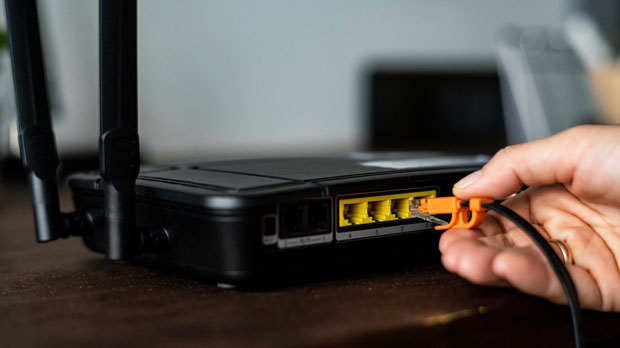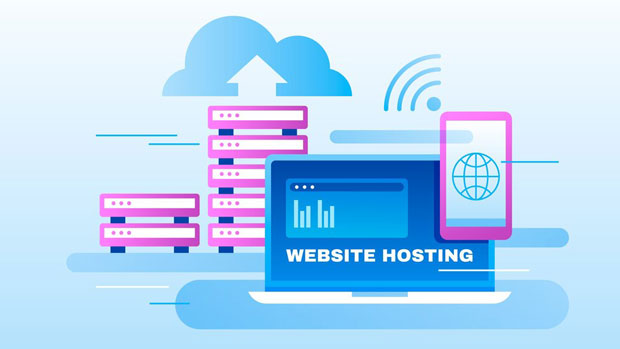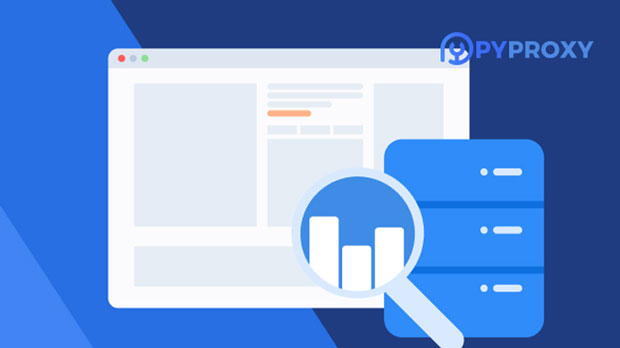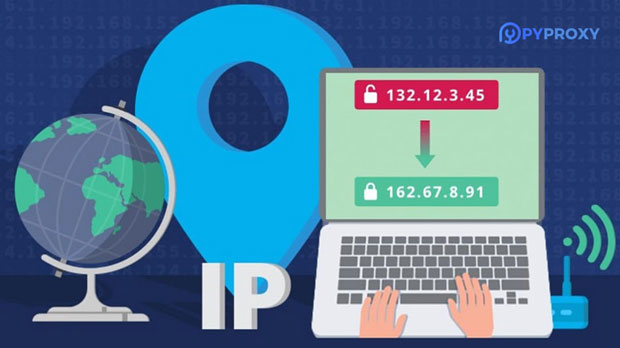In the fast-evolving world of e-commerce, businesses rely heavily on data collection and monitoring tools to stay competitive. Proxyium and PYPROXY are two leading proxy services that assist in e-commerce monitoring. These tools enable businesses to access real-time data, manage their online presence, and monitor competitors’ activities effectively. In this article, we will explore the performance of Proxyium and PyProxy in e-commerce applications, highlighting their strengths, weaknesses, and their suitability for various business needs. Understanding the Role of Proxies in E-commerce MonitoringE-commerce monitoring requires businesses to gather data on pricing trends, product availability, reviews, and competitors' strategies. Proxies act as intermediaries that allow users to access this information without revealing their identity or location, making them a vital component in web scraping, data harvesting, and competitive intelligence. Without proxies, e-commerce businesses would face IP blocking, rate-limiting, or CAPTCHA challenges when accessing crucial data from websites.Proxies in e-commerce monitoring are mainly categorized into two types: residential and data center proxies. residential proxies provide IP addresses from real consumer devices, making them harder to detect, while data center proxies are faster and cheaper but may be flagged by websites more easily. The choice of proxy depends on the type of data being gathered and the risk tolerance of the business.Key Features of ProxyiumProxyium is a proxy service known for its versatile features and integration capabilities. It offers both residential and data center proxies, with a focus on delivering high-quality, high-rotation IPs. Here are some of the key features of Proxyium:1. Scalability: Proxyium supports large-scale e-commerce monitoring projects. Businesses can scale their usage up or down depending on their needs without worrying about limitations.2. Rotating IPs: This feature ensures that users can avoid detection by frequently changing IP addresses, making it ideal for web scraping and data extraction.3. Ease of Integration: Proxyium integrates seamlessly with most e-commerce monitoring platforms, such as web scraping tools and data analytics software.4. Speed and Reliability: With an optimized infrastructure, Proxyium ensures low-latency connections, making it suitable for high-frequency data extraction tasks.5. Geo-targeting: Proxyium allows users to select IPs from specific regions, helping businesses gather localized data to understand market dynamics better.Key Features of PyProxyPyProxy, while less well-known than Proxyium, has carved out a niche in the e-commerce monitoring sector due to its powerful proxy network and tailored features. Some of the key attributes of PyProxy include:1. Premium IP Pool: PyProxy boasts a large pool of premium IP addresses, which helps ensure high anonymity and security while scraping e-commerce websites.2. Advanced Anti-Detection Techniques: PyProxy uses advanced techniques to bypass anti-bot mechanisms on websites, making it highly effective for gathering data from sites with strict security measures.3. Dedicated IP Options: For businesses needing more stability and control, PyProxy offers dedicated IPs that are not shared with other users.4. Customizable Rotation Policies: PyProxy gives users full control over their proxy rotation settings, making it easier to tailor the tool for specific e-commerce monitoring tasks.5. Reliable Customer Support: One of the standout features of PyProxy is its customer support, which is available 24/7 and provides assistance with troubleshooting, setup, and optimization.Performance Comparison: Proxyium vs PyProxyWhen comparing Proxyium and PyProxy for e-commerce monitoring applications, several factors come into play, including scalability, performance, ease of use, and customer support.Scalability and FlexibilityProxyium offers a flexible solution for large-scale data scraping, particularly for businesses that need to monitor numerous e-commerce sites simultaneously. Its ability to handle high traffic and rotating IPs makes it suitable for long-term projects. However, PyProxy shines in situations where more control over individual IPs is required. Its customizable rotation policies and dedicated IP options make it ideal for businesses that need a stable, consistent connection.IP Rotation and Detection ResistanceIP rotation is crucial for avoiding detection during e-commerce monitoring. Both Proxyium and PyProxy offer rotating IPs, but PyProxy’s advanced anti-detection techniques give it an edge when scraping websites with high security measures. If e-commerce businesses need to scrape high-risk sites, PyProxy’s anti-detection capabilities make it the more reliable option. Proxyium, while efficient, may not be as effective when bypassing complex bot protection systems.Speed and LatencySpeed is crucial in e-commerce monitoring, especially when businesses need real-time data for decision-making. Proxyium's optimized infrastructure ensures low-latency connections, making it ideal for high-frequency tasks like price scraping. PyProxy, while reliable, might not have the same speed advantages in high-traffic scenarios, especially when using its premium IPs or dedicated IP options.Support and Customer ServiceWhen it comes to support, PyProxy takes the lead with its 24/7 customer service, which is vital for businesses that may face challenges during web scraping operations. Proxyium offers decent support, but its response times may be slower compared to PyProxy’s dedicated team.Which One to Choose for E-commerce Monitoring?The choice between Proxyium and PyProxy largely depends on the specific needs of the e-commerce business. If scalability, flexibility, and speed are the primary concerns, Proxyium is a strong choice. Its ability to handle high-volume scraping tasks with rotating IPs makes it ideal for businesses monitoring multiple e-commerce sites.On the other hand, businesses that need greater control over their proxy settings or are scraping sites with strict anti-bot measures should consider PyProxy. Its premium IPs, advanced anti-detection features, and reliable customer support make it the better option for companies requiring enhanced security and more granular control over their data scraping operations.In summary, both Proxyium and PyProxy are valuable tools for e-commerce monitoring, each with its own set of strengths. Proxyium excels in scalability, speed, and ease of integration, while PyProxy stands out for its anti-detection features and customer support. The best choice depends on the size of the business, the complexity of the scraping tasks, and the level of control required over proxy usage.
Aug 28, 2025



































































